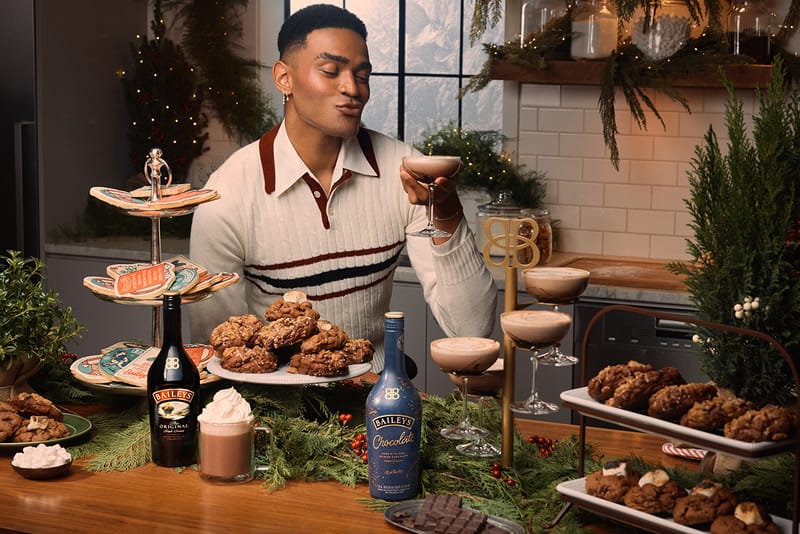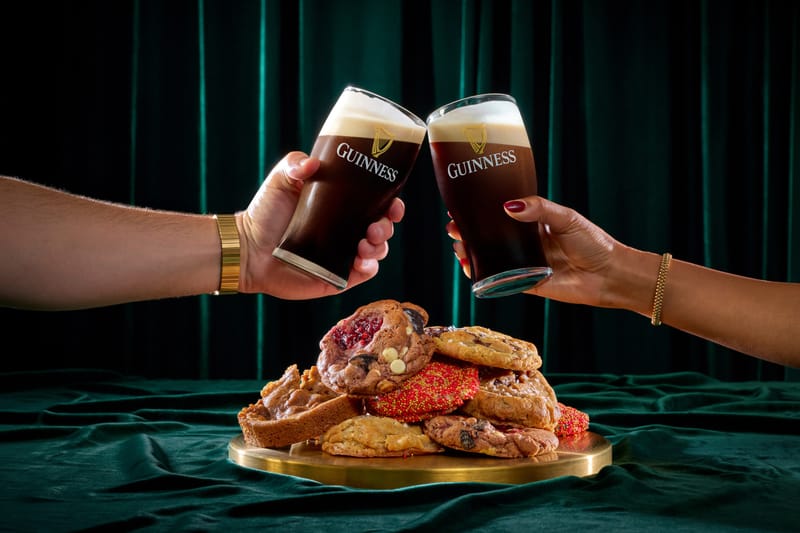Tasting Fees Competitive Strength for Wineries
"If your tasting room $108 and $120, you're competing with Disneyland," warned Jessica Kogan, partner, Connect the Data Collective during Tuesday's Silicon Valley Bank. Wineries "need to think more about how they can use tasting fees to bring in customers," she said,
"If your tasting room $108 and $120, you're competing with Disneyland," warned Jessica Kogan, partner, Connect the Data Collective during Tuesday's Silicon Valley Bank. Wineries "need to think more about how they can use tasting fees to bring in customers," she said, perhaps by discounting the fee at slow times.
The industry needs to think more about what it can offer tasting room visitors, she said. Susan DeMatei, owner and president at WineGlass Marketing, added: "It's not about the money. Consumers coming in now grew up with the internet and are used to a lot of choice. Today's consumer wants options, community, experiences."
The discussion turned to email marketing. DeMatei observed that the days of sending out mass emails are gone. Kogan didn't disagree, but noted that email is heavily relied upon, and has a 95% open rate.
Rob McMillan , founder of Silicon Valley Bank's Wine Division who describes himself at the "banker to the U.S. wine industry, said the winners in the future will be the ones that figure how to collect information, append it to existing information, and analyze that information. "Getting closer to the customer can only be done by digital," he said.
DeMatei added that 100 times more people will see your website than walk into your tasting room.
Using data, wineries can take the tasting room experience on the road, McMillan said. "With data, you can figure out where your club mem bers are, where you're selling in a region, and you can say, 'I'm going to be the best winery for Dubuque, Iowa.' If the wine industry continues to focus on the tasting room, we're not going to get the growth. Everybody consumes liquid, the question is how much of what liquid does a person consume."
By 2025, DeMatei said, there will be 150 million customers buying online. "Knowing that customers are searching for you, looking for you, is critically important," she added. McMillan noted that capturing club memberships from digital customers continues to expand. For the first time, digital bying is exceeding tasting room purchases.
The talk turned why people opt out from marketing emails. In his experience, said Andrew Wallack, chief operating officer, Wine Access, Inc., it's usually for only one of two reasons: budget or age. Either they no longer can afford to purchase wine direct from the winery or they have gotten older and have reduced or eliminated their consumption of alcohol.
Kogan strongly advocated for wineries allowing tipping of tasting room servers. The server is the person who most interfaces with the customer, who tells the story of the wine and of the winery. Customers can usually remember the name of the server six months after a visit, Kogan said. Almost 69% of wineries now allow tipping, she said. In 2014, only 2% of wineries did.
DeMatei said wineries should advertise more. "The SBA recommends you spend 6% to 8% of your gross receipts on marketing. Wine spends just 2%.


